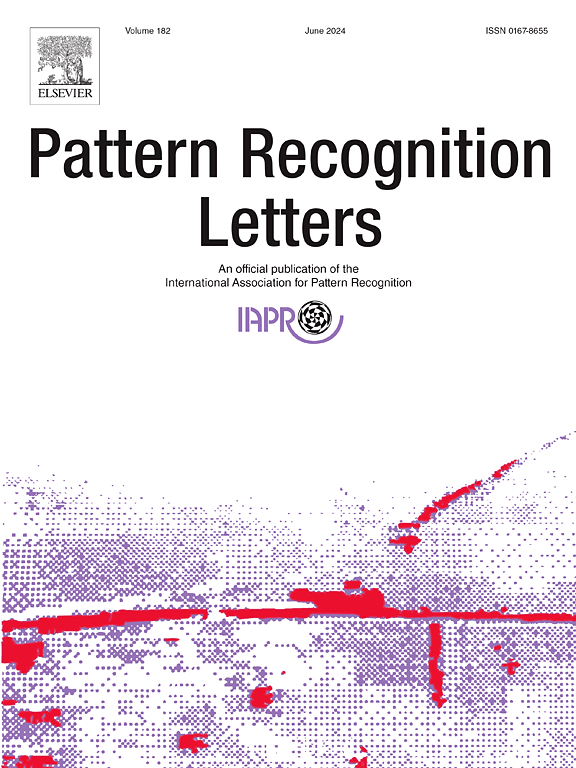DDOWOD:用于开放世界物体检测的 DiffusionDet
IF 3.9
3区 计算机科学
Q2 COMPUTER SCIENCE, ARTIFICIAL INTELLIGENCE
引用次数: 0
摘要
开放世界物体检测(OWOD)是计算机视觉领域的一项重大挑战,需要模型检测未知物体并逐步学习新的类别。为了探索这一领域,我们提出了基于 DiffusionDet 的 DDOWOD,它更有可能覆盖隐藏在背景中的未知物体,并能随机生成方框并从中重建 GT 的特征,从而减少模型在训练过程中对已知类别物体的偏差。同时,为了改善伪标签质量不足导致识别未知类别准确率降低的问题,我们在蒸馏学习中使用了 "任意分段模型"(Segment Anything Model,SAM)作为教师模型,为 DDOWOD 赋予丰富的视觉知识。令人惊讶的是,与其他现有模型相比,我们的 DDOWOD 更适合使用 SAM 作为教师模型。此外,我们还提出了逐步蒸馏法(SD),这是一种新的增量学习方法,专门用于我们的 DDOWOD,以避免训练过程中的灾难性遗忘。我们的方法利用了以往任务中所有训练过的模型,而不是仅仅依赖于最后一个模型。DDOWOD 取得了优异的性能。在 OWOD 分案中,U-Recall 为 53.2,51.5,50.7;在 IntensiveSet 中,U-AP 为 21.9。本文章由计算机程序翻译,如有差异,请以英文原文为准。
DDOWOD: DiffusionDet for open-world object detection
Open-world object detection (OWOD) poses a significant challenge in computer vision, requiring models to detect unknown objects and incrementally learn new categories. To explore this field, we propose the DDOWOD based on the DiffusionDet. It is more likely to cover unknown objects hidden in the background and can reduce the model’s bias towards known class objects during training due to its ability to randomly generate boxes and reconstruct the characteristics of the GT from them. Also, to improve the insufficient quality of pseudo-labels which leads to reduced accuracy in recognizing unknown classes, we use the Segment Anything Model (SAM) as the teacher model in distillation learning to endow DDOWOD with rich visual knowledge. Surprisingly, compared to other existing models, our DDOWOD is more suitable for using SAM as the teacher. Furthermore, we proposed the Stepwise distillation (SD) which is a new incremental learning method specialized for our DDOWOD to avoid catastrophic forgetting during the training. Our approach utilizes all previously trained models from past tasks rather than solely relying on the last one. DDOWOD has achieved excellent performance. U-Recall is 53.2, 51.5, 50.7 in OWOD split and U-AP is 21.9 in IntensiveSet.
求助全文
通过发布文献求助,成功后即可免费获取论文全文。
去求助
来源期刊

Pattern Recognition Letters
工程技术-计算机:人工智能
CiteScore
12.40
自引率
5.90%
发文量
287
审稿时长
9.1 months
期刊介绍:
Pattern Recognition Letters aims at rapid publication of concise articles of a broad interest in pattern recognition.
Subject areas include all the current fields of interest represented by the Technical Committees of the International Association of Pattern Recognition, and other developing themes involving learning and recognition.
 求助内容:
求助内容: 应助结果提醒方式:
应助结果提醒方式:


